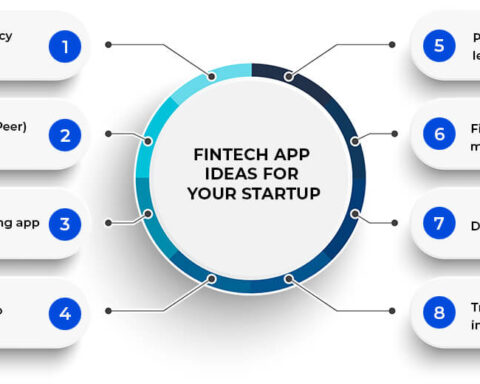By Renato Agrella, founder of Acerca Consulting, which helps clients leverage marketing and sales initiatives to fuel growth.
Over the years, I’ve worked with a number of clients supporting and building partner ecosystems. A partner ecosystem is a network of organizations that collaborate to create value for each other and their customers. These arrangements can help you expand your reach, enhance your offerings and increase your revenue. But how do you build one that works for you and your partners? Based on my experience in the industry, here are some tips to help you build a partner ecosystem.
1. Define your goals and value proposition.
Before you start looking for partners, have a clear idea of what you want to achieve and what you can offer to potential partners. What are your business objectives, and how can partners help you achieve them? What are the benefits of partnering with you, and what are the expectations and responsibilities of each party? Having a clear and compelling value proposition will help you attract and retain the right partners.
2. Identify your ideal partner profile.
Not every organization is a good fit for your partner ecosystem. You need to identify the criteria that define your ideal partner profile, such as their industry, size, location, customer base, capabilities, culture and vision. You also need to consider how compatible they are with your business model, values and goals. Seek partners who complement your strengths, fill your gaps and share your vision.
In addition to fit and business model, seek out partnerships where true mutual trust and respect can exist. You need to be able to rely on your partner and communicate openly with them. Look for organizations that will listen to your ideas, give honest feedback and support your decisions.
3. Establish a partner program.
A partner program is a framework that defines how you will work with partners once you have them, such as what type of partnerships they are, the levels of engagement, the benefits and incentives, the support and resources, and the performance metrics and feedback mechanisms. For example, in many of my engagements, we’ve established co-sell or co-marketing programs. Having a solid partner program can help you standardize and streamline your partner management processes, as well as accelerate recruitment and success.
4. Recruit and onboard your partners.
Once you have a partner program in place, you can start recruiting and onboarding. There are various channels you can use to find potential partners, such as referrals, networking events, online platforms, social media or reaching out directly. Consider attending conferences in your industry, as these are often great opportunities to network, learn and showcase your expertise. A conference can be overwhelming, so I recommend preparing for the conference by identifying your goals for the types of partners you want to engage, such as capability, company size and/or technology. Prepare your pitch and materials so you have a concise message that explains who you are, what you do and why you are interested in partnering. Finally, don’t let the connection go cold: Be diligent about follow-up after the conference to remind them of your conversation and propose a next step.
You should also have a clear and efficient onboarding process that helps your partners get started quickly and smoothly, such as providing them with training, documentation, tools and support. For example, playbooks to onboard business partners are a great way to streamline your collaboration and ensure mutual success. In many cases, playbooks can be tailored to fit the right partnership size in each unique situation.
5. Nurture and grow your partner relationships.
Building a partner ecosystem is not a one-time event, but rather an ongoing process that requires constant nurturing and growth. Maintain regular communication with your partners, provide them with feedback and recognition, offer them opportunities for learning and development, and solicit their input and suggestions.
Also, I recommend monitoring the partnership and measuring your partner’s performance and satisfaction so you can address any issues or challenges that arise along the way. Regularly share the results with your partners and stakeholders in order to identify strengths, weaknesses, opportunities and challenges. Leveraging this data can help you make the best adjustments and improvements to your partnership strategy and execution.
6. Leverage your partner ecosystem for mutual success.
The ultimate goal of building a partner ecosystem is to create value for both you and your partners, as well as for your customers. A partner ecosystem can be leveraged to create synergies, co-create solutions, co-market and co-sell your offerings, cross-refer customers, share best practices and collaborate on innovation. For example, co-selling can create value for all parts of the ecosystem by generating revenue and expertise. This type of partnership offers opportunities to expand your reach and grow your business as each partner gives the other access to training, marketing materials and support they might not have otherwise.
Building a partner ecosystem takes time and effort, but it can be very rewarding when done right. Following these tips can help you build a partner ecosystem that is both effective and sustainable.
[ad_2]
Source link

















